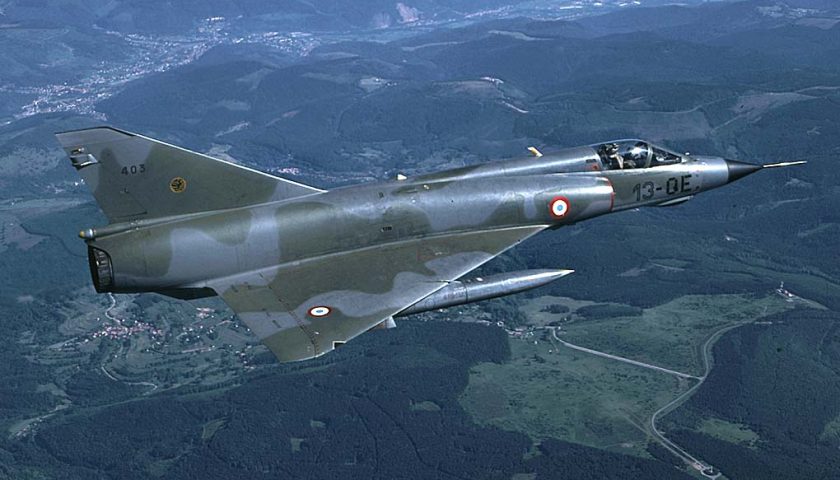Earlier this week, the French Defense Innovation Agency launched two calls for projects to design vagrant ammunition models. These weapons, sometimes improperly called suicide drones, mark the news in the Ukrainian conflict, with the arrival of the Switchblade 300 and 600 models and mysterious Phoenix Ghost specially designed by the US defense industry at the request of the Ukrainians. However, the effectiveness of vagrant ammunition did not emerge during this conflict, nor even during the Nagorno Karabakh war in 2020 during which the Israeli-made Harops and Orbiters saturated the Armenian defenses. Indeed, this type of ammunition has existed for several decades, the Israeli Harop for example having made its first flight in 2003, and their use has become a subject of concern since the mid-2010s, to the point of inspiring film scenarios. Americans with great spectacle, without this generating any reaction on the part of the military and large French industrialists.
Unfortunately, the example of the French ignition delay in terms of vagrant ammunition is far from being anecdotal, and other recent examples, in the field of drones, electronic warfare, active protection systems, CIWS and many others, show that France, which had built its success on its ability to anticipate the emergence of this type of need and to respond to it in a creative, innovative way, and differentiated from what the Americans, British and Germans offered , has apparently moved away from its traditional finery, to the point that one can wonder whether the country has effectively lost the audacity and the spirit of innovation that characterized its industrial approach to defense. In this article, we will study the reasons that led to this situation, but also the solutions to get out of this spiral which, in the long term, harms both the national defense industry and the strategic autonomy and international influence of the country. , as well as the effectiveness of the armed forces in a context that is nevertheless increasingly tense.

The historical reasons for the success of French defense innovation
From the beginning of the 50s, France undertook to rebuild its defense industry, and to make it a tool in the service of its sovereignty and its international influence. To achieve this, it made a particularly profitable choice, that of relying on a very dynamic and agile organization of its defense programs giving pride of place to innovation, so as to position itself effectively against the American and Soviet giants, but also to the British industry still very present on the international scene at that time. Quickly, French manufacturers showed this audacity in terms of innovation, with for example the arrival of the Mirage III, Alouette helicopters, and AMX armored vehicles. The effort continued in the 60s and 70s, and France positioned itself in other cutting-edge sectors, such as missiles with the Magic, Exocet and Milan, or submarine construction with nuclear launcher submarines. class Redoutable, and by producing new high-quality combat planes and helicopters, such as the Mirage F1 and the Super Frelon, Gazelle and Puma helicopters, the latter being co-produced with Great Britain.

This propensity for innovation and daring peaked in the early 90s, with the simultaneous arrival of the program Rafale, light stealth frigates, missiles like the MICA and Hades, the Tiger helicopter and the Leclerc battle tank, all offering very marked benefits compared to competing American and European models. Thus, the FLF La Fayette were the first ships of the line designed specifically to reduce their radar image; the MICA offered unequaled capabilities and flexibility of use with its two interchangeable IR/EM seekers, and the Hades ballistic missile was already following a semi-ballistic trajectory to counter Soviet anti-ballistic defenses, more than 10 years before the Iskander . As for the Tiger, which was then to be ordered in 225 units by the Army Light Aviation, it offered acquisition and use costs more than twice lower than those of the American Apache, for comparable performance. Ultimately, at the beginning of the 2s, French industrial production was perfectly competitive and offered innovative approaches differentiated from those of the United States, which allowed the country to establish itself as the 90rd exporter of defense systems on the planet, behind the United States and Russia.
Evolution towards a conservative approach to defense industrial production

75% of this article remains to read,
Subscribe to access it!
The Classic subscriptions provide access to
articles in their full version, and without advertising,
from 6,90 €.
Newsletter subscription
Register for the Meta-Defense Newsletter to receive the
latest fashion articles daily or weekly


[…] […]